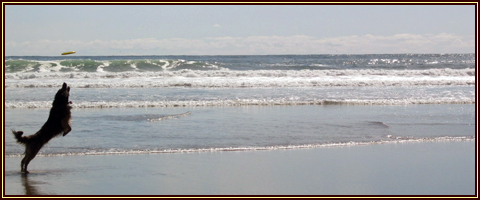Koi Fish Secrets
Sunday, August 29th, 2010The very mysterious, glamorous sounding koi fish is actually a variety of the carp fish. Actually, the word “koi” comes from the Japanese word that means “carp”. The Japanese introduced koi in the 1820s. Since then, they’ve become a popular domesticated fish. Koi can be purchased in a wide array of colors and patterns. You can find red koi, as well as yellow, silver, blue and green. And, of course, there is the popular orange koi. Follow this link for fish koi information.
Outdoor koi ponds can be relaxing as the sound of the rippling water flows through the yard. Creating visually pleasing koi ponds is almost an art form. Cultivating living plants and replicating a natural environment in the koi pond is no small task. But when someone is talented at creating the necessary synergy, the result is captivating. Some people do not realize that certain koi and plants do not live harmoniously together. Koi can be somewhat difficult when it comes to living alongside potted plants in the pond water. It can be a challenge to get a good mix.
Some owners try to place potted plants within the pond that are meant to sit on the pond floor. Larger koi may be able to knock the plant over which will lead to a messy pond and can create real problems for the owner. Koi can also have the tendency of “digging” up the soil. You can have plants in your pond. Do not let these facts discourage your efforts to create a beautiful, serene pond. Find more koi colors info here.
There are several solutions to combat these problems. Netting placed strategically over the plant tops will prevent the koi from being able to dig the plants out. You can also place pea gravel on top of the plants. If you have a really large potted plant, then river stones would be an appropriate measure. The weight of the stones will prevent the koi from being able to knock the plants over. The stones will obviously outweigh the fish themselves. The stones also keep the fish from being able to loosen the dirt underneath the plants. Thus, the plants cannot be dug up by the koi.
Lilies are a wonderful choice to place within your koi pond. Lilies are available in a wide assortment of species. Many will root in shallow water, while others will develop in much deeper water. Although they are not oxygenating plants, they will be able to provide your koi with shelter and shade. Another bonus of the lily is that insects will be drawn to the water. The insects and their larvae provide sustenance to the koi. Koi fish are meat eaters and will search through the foliage to find the tasty treats.
Koi eat other things besides insects. They have a varied diet and can be fed many different things. It is not unusual for koi fish owners to mention that they successfully trained their fish to eat out of their hands. Koi fish have the ability to be able to recognize the person who feeds them and will approach that person during feeding time. In addition to pre-made koi food, koi fish enjoy a variety of people foods like peas, lettuce and even watermelons.
Having koi fish grace the waters of an outside pond is truly an enjoyable and unique experience. They area able to add a great amount of pleasure to their owners lives and in turn are rewarded by the generosity and good care of their owners.







